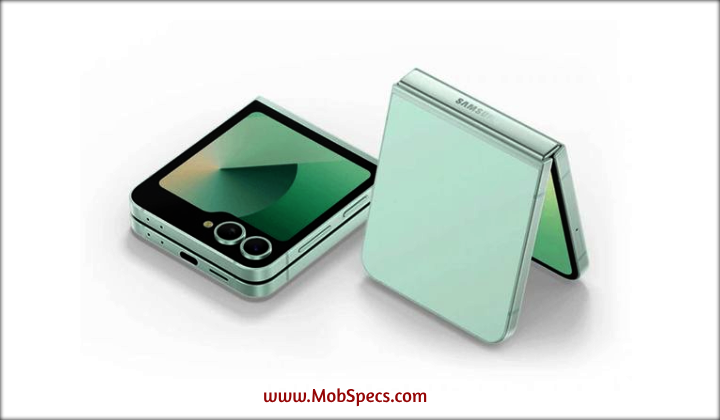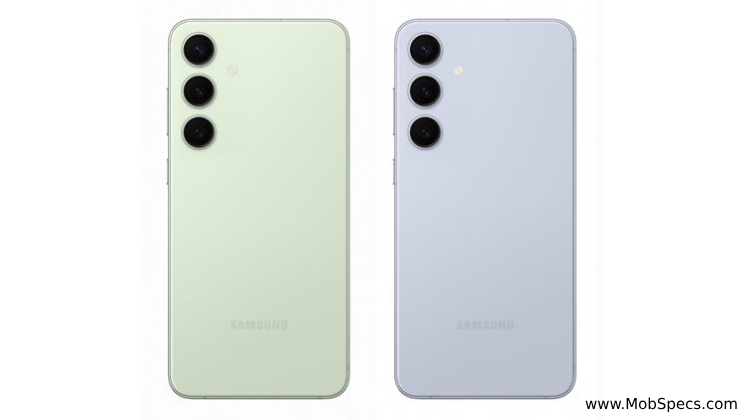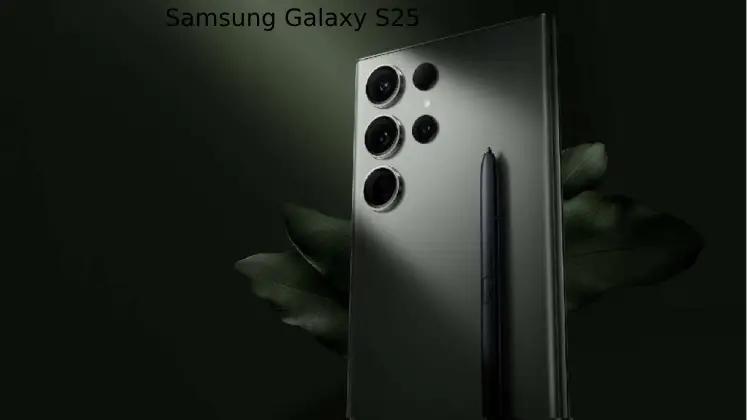Samsung Galaxy S25’s Revolutionary Update Delights Buyers—A Leap Beyond the S24, S23, and S22 Models
Samsung Update Surprises Galaxy S25 Buyers—S24, S23, S22 Will Be Different Samsung Galaxy S25, yet to hit the market, has already made headlines by receiving its first security update. Remarkably, February’s monthly update has been rolled out to the S25 ahead of any other smartphone—and even before February itself. This move is bound to surprise prospective buyers in a positive way, especially since many do not yet have the phone in their possession. However, this isn’t the most significant security enhancement the Galaxy S25 introduces compared to its predecessors. One of the most noteworthy advancements in the Samsung Galaxy S25 is the adoption of Google’s seamless updates, a feature that has been conspicuously absent from Samsung’s flagship devices until now. Seamless updates were first introduced in 2016 with Android Nougat and have since become standard in Google Pixel devices and many other smartphone brands. This feature downloads and installs monthly updates in the background to a separate partition on the phone, allowing for a quick restart instead of the traditionally lengthy installation and reboot process. In its latest iteration, seamless updates have been further refined to utilize a virtual partition. This new approach targets specific portions of the update, reducing storage requirements while maintaining efficiency. According to reports from 9to5Google, the Samsung Galaxy S25 Ultra directly supports seamless updates at a system level. The Inware app confirms this functionality, marking a significant shift in Samsung’s approach to software updates. For years, Samsung resisted adopting this technology, despite pressure from Google and the broader Android ecosystem. As the leading Android OEM, Samsung’s reluctance to implement seamless updates has been a curious omission, especially given the usability and security benefits this feature provides. One major advantage of the A/B partition system employed in seamless updates is its ability to revert to a stable software build if something goes wrong during an update, thereby enhancing overall reliability. This long-awaited change addresses one of the key usability issues faced by Samsung users. While the adoption of seamless updates is a step forward, it doesn’t fully resolve the challenges posed by Samsung’s often unpredictable rollout of monthly security updates. These updates are typically distributed gradually based on factors such as device model, geographic location, and carrier. Consequently, users often experience delays in receiving critical updates. Although seamless updates streamline the installation process once the update is available, Samsung has yet to implement a more synchronized, universal rollout strategy that mirrors Apple’s approach. Achieving such an “everyone, everywhere, all at once” system would represent a significant leap in Samsung’s security capabilities and bring it closer to matching the iPhone’s reputation in this area. For now, Samsung Galaxy S25 owners are uniquely positioned to benefit from seamless updates as they prepare to embrace this modernized approach to software management. Unfortunately, this feature is not expected to be retroactively available for older Galaxy devices, even flagship models. This limitation is likely due to the hardware requirements associated with seamless updates. However, the introduction of virtual partitions, which are the default in Android 15, lowers the technical barriers to adoption. It remains to be seen whether Samsung has additional plans to extend this functionality to older devices. If such developments are in the pipeline, they may become clearer as Android 15’s release approaches. In the meantime, anticipation for Android 15 continues to build, with Samsung Galaxy S25 users eagerly awaiting its arrival. For those using older devices, the wait may feel particularly drawn out, especially as they observe the advancements being enjoyed by S25 users. The adoption of seamless updates on the Galaxy S25 marks a pivotal moment for Samsung, signaling its commitment to improving the user experience and addressing long-standing criticisms. While challenges remain, particularly regarding the consistency and timeliness of update rollouts, the Samsung Galaxy S25 represents a significant step forward in Samsung’s journey toward enhancing security and usability across its flagship lineup. System S25 Presents Live Exercises on AOD with One UI 7’s Currently Bar Samsung’s System S25 series has sent off with a scope of energizing new highlights, denoting a huge improvement over its ancestors. Among these elements, one of the most essential is the mix of the One UI 7 “Presently Bar” on the Consistently In plain view (AOD) as well as the lock screen. This upgrade rethinks how clients connect with their gadgets, making the experience more advantageous and natural. The “Presently Bar” highlight was at first presented in the One UI 7 Beta program for Cosmic system S24 clients. During this stage, it permitted live updates from select applications like the clock, voice recorder, and other viable applications to show up on the lock screen. This early cycle provided clients with a sample of what was to come, giving a slip look into Samsung’s vision of making fundamental application refreshes more open. Presently, with the authority send off of the System S25, the usefulness has been extended to incorporate the AOD. This expansion essentially improves the utility of the AOD, empowering clients to get to constant updates without opening their telephones or exploring to the lock screen. On the System S25, the Now Bar is shown on the AOD in a smooth pill-molded plan, reflecting its appearance on the lock screen. In any case, there is an unpretentious distinction: while the lock screen rendition of the Now Bar incorporates easy route buttons for speedy activities, these alternate ways are missing from the AOD variant. All things considered, the AOD execution is more engaged, focusing on live updates from different applications. This smoothed out plan guarantees that clients can undoubtedly look at key data, for example, the ongoing music track, weather conditions updates, or updates, without pointless interruptions. The presentation of the Now Bar on the AOD mirrors Samsung’s obligation to upgrading client experience. By bringing live application refreshes straightforwardly to the AOD, Samsung has made it feasible for clients to remain informed without communicating with their telephones. Whether it’s monitoring the time, observing forthcoming occasions, or review warnings, the Now





